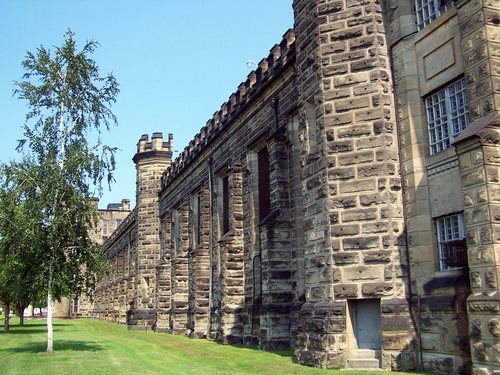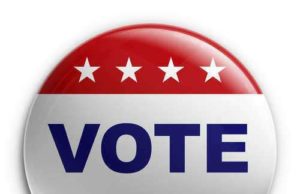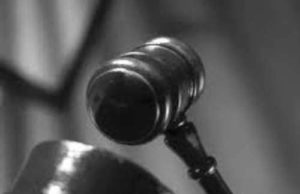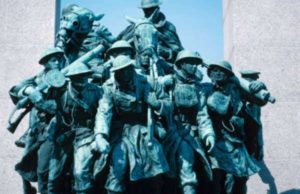Roper v. Simmons
 The Background of Roper v. Simmons (2004)
The Background of Roper v. Simmons (2004)
In 1993, a minor – aged 17 – named Christopher Simmons had both planned and undertaken the murder of a female victim named Shirley Crook; Simmons entered the home of the victim, committed robbery, bound the victim, and proceeded to throw her off of a bridge in a nearby state park. Subsequent to the trial, the court found Simmons to be guilty of all charges and sentenced him to death; in conjunction to the case of Stanford v. Kentucky, the State Court of Missouri maintained that the execution of Simmons was applicable and warranted – however, Simmons appealed his execution due to his status as a minor:
Minor Law – involving the classification of a minor –defines that individual as one who is below the age of legal adulthood; typically, minors are prohibited from consenting to sexual activity, purchasing controlled substances, authorizing a legal contract through signature, partaking in the consumption of controlled substances, validating participation in an activity or event that requires the presence of a legal guardian, and representing themselves in a court of law
The ruling of Stanford v. Kentucky (1989) mandated that upon sufficient judicial review in accordance with the severity of the crime existing in correlation to the sentencing, the sentencing of a minor between the ages of 16 and 17 to execution was not in violation of the 8th Amendment
The Case Profile of Roper v. Simmons
The following is a case profile of the legal trial eponymously titled ‘Roper v. Simmons’:
Date of the Trial: January 26th, 2004
Legal Classification: Administrative Law; this legal field associated with events and circumstances in which the Federal Government of the United States engages its citizens, including the administration of government programs, the creation of agencies, and the establishment of a legal, regulatory federal standard
Accused Criminal Activity: The following criminal activity and charges were cited by Roper against Christopher Simmons within the appeal brought forth subsequent to the initial ruling:
Simmons contended the sentence, claiming that a sentence of capital punishment was in violation of his 8th Amendment Rights, protecting him from punishment considered to be cruel and unusual
United States Reports Case Number: 543 U.S. 551
Date of the Delivery of the Verdict: March 1st, 2005
Legal Venue of Roper v. Simmons: The Supreme Court of the United States
Judicial Officer Responsible for Ruling: Chief Justice William Rehnquist
Involved Parties: The following are the parties named with regard to their involvement in the Roper v. Simmons case:
Roper – acting as the prosecutor for the State of Missouri; Plaintiff – Roper v. Simmons
Christopher Simmons; Defendant – Roper v. Simmons
Verdict Delivered: the Supreme Court ruled in favor of Simmons, explaining that executing a minor was indeed cruel and unusual punishment; subsequently, the Supreme Court overturned the ruling set forth within Sanford v. Kentucky – this established the prohibition of the execution of a minor as a result of sentencing.
Associated Legislation with regard to Roper v. Simmons: The following statutory regulations were employed with regard to the Roper v. Simmons trial:
The 8th Amendment addresses legal criminal procedure; this Amendment prohibits punitive recourse classified as ‘cruel and unusual’ with regard to prosecution, as well as the prohibition of an excessive bail process
The 14th Amendment illustrates legislation that disallows the government from infringing on the right(s) to pursue ‘Life, Liberty, and the Pursuit of Happiness’ with regard to any and all citizens of the United States of America – this statute is applicable to all measures of gender, race, religion, and age

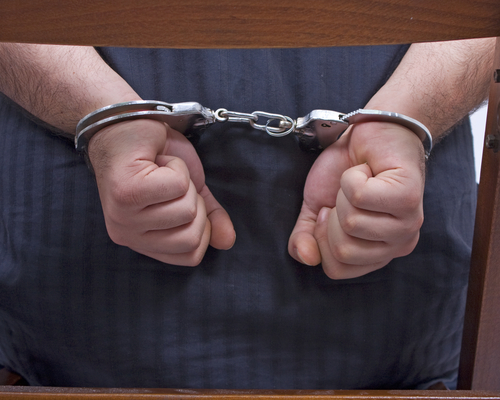

 The Background of Schenck v. United States (1919)
The Background of Schenck v. United States (1919)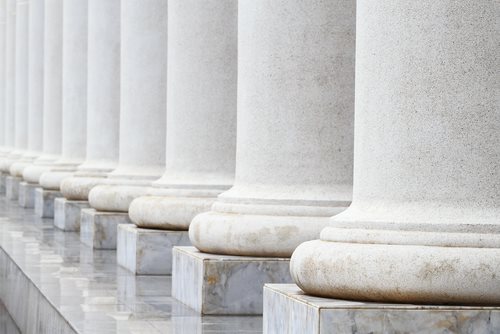
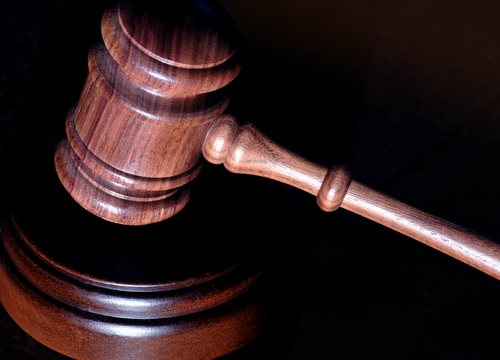 The Background of Barron v. Baltimore (1833)
The Background of Barron v. Baltimore (1833) The Background of Terry v. Ohio (1968)
The Background of Terry v. Ohio (1968)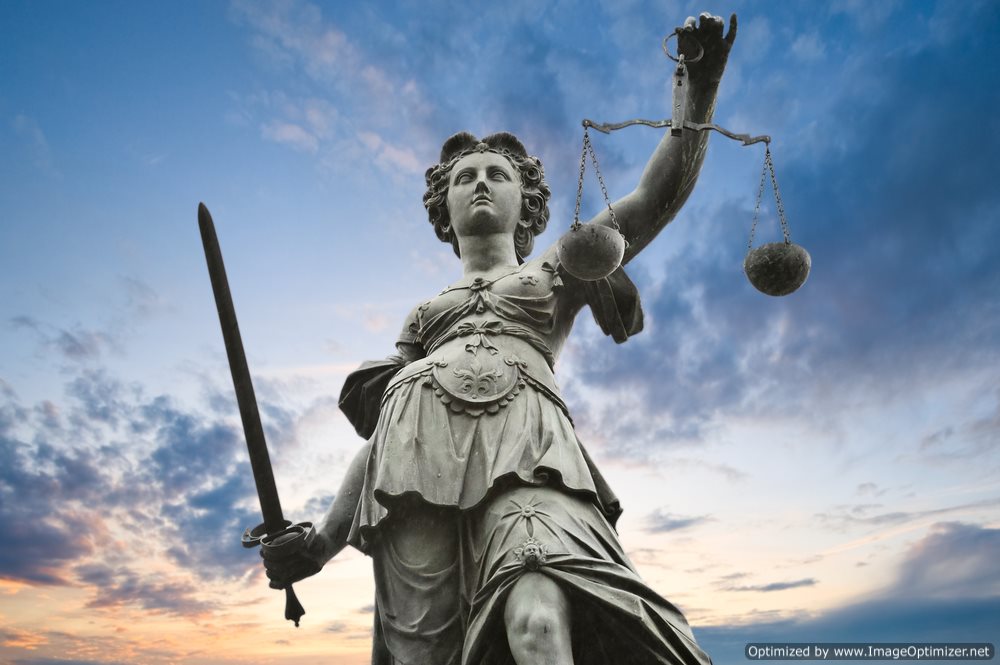 The Background of Batson v. Kentucky (1985)
The Background of Batson v. Kentucky (1985) The Background of Texas v. Johnson (1989)
The Background of Texas v. Johnson (1989)
 The Background of Hazelwood School District v. Kuhlmeier (1988)
The Background of Hazelwood School District v. Kuhlmeier (1988)